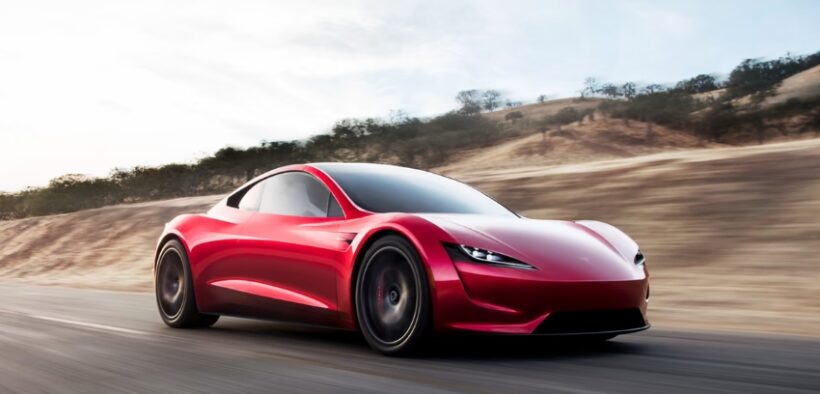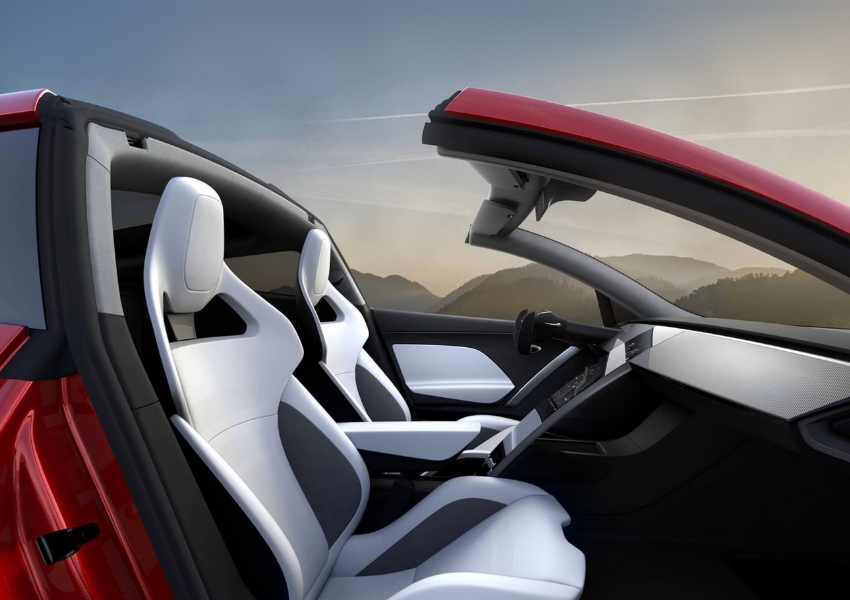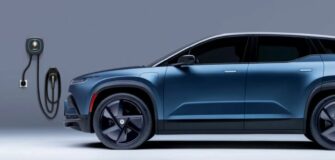How Fast Is Too Fast? Tesla Roadster’s Bold Claims

Image Credit: Tesla
The Tesla Roadster
Since its high-profile debut in 2017, the second-generation Tesla Roadster has captured attention with performance figures that verge on unbelievable. You’ve likely heard the headline claims—a 0-60 mph time of 1.9 seconds and, even more striking, a potential sub-1-second sprint when equipped with a “SpaceX Package.” Practically speaking, though, what does this mean? And given the technological and legal context, how realistic are these numbers?
The 1.9-Second Standard
Originally, Tesla’s Roadster performance claim indicated a 0-60 mph acceleration in under 1.9 seconds. That instantly classified the automobile as a hypercar, challenging elite brands like Bugatti and Koenigsegg. Mechanically, this degree of performance depends on the immediate torque provided by electric motors. Unlike combustion engines, electric drivetrains provide fast acceleration without the waste of milliseconds to gear shifts by delivering power with no lag.
If you consider the car features likely to be onboard, such as a tri-motor all-wheel-drive setup and a 200 kWh battery pack, this performance figure becomes more plausible. For context, the Tesla Model S Plaid uses a similar setup and achieves a verified 0-60 mph time of around 1.99 seconds when rollout is accounted for, a standard industry practice that subtracts the first foot of movement to reflect real-world traction.
You’re not just looking at battery range when it comes to the Roadster’s 200 kWh pack. This massive power source is also crucial to sustaining the level of current needed for such an intense launch. Pair that with cutting-edge tire technology and intelligent chassis management, and Tesla might just hit its mark, barely.
The SpaceX Package
Tesla founder Elon Musk added a new layer to the Roadster narrative with the proposed “SpaceX Package.” The idea? Use cold air thrusters, much like those found in spacecraft, to add thrust and potentially reduce the 0-60 mph time to under one second. These thrusters would replace the rear seats and be fed by ultra-high-pressure air from a rocket-grade storage system.
This concept advances the boundaries of automotive technology. In theory, adding extra thrust could circumvent the traction limitations of traditional tire-to-road acceleration. However, as you might expect, this approach introduces serious complications.
Industry leaders, including Rimac CEO Mate Rimac, whose company produces the Rimac Nevera, one of the world’s fastest EVs, have pointed out major concerns. Thrusters would only be effective for a couple of seconds, and afterward, you’d be hauling a lot of dead weight: tanks, valves, and a compressor. Add in difficulties with safety, legal road use, and system refilling; the idea seems more experimental than market-ready.
How It Compares
The Rimac Nevera is a benchmark for EV performance in the market of today. Real-world measurements show it leads in four independent motors, a 120 kWh battery, and a certified 0-60 mph time of 1.74 seconds. That sets a high bar for Tesla’s Roadster to clear.
Tesla’s 1.9-second claim would match the Nevera, although it edges ahead when factoring in industry rollout calculations. But the sub-1-second SpaceX claim pushes the Roadster beyond today’s technological envelope into speculative territory. Even if the cold thruster concept is theoretically sound, bringing it into a consumer-friendly, road-legal vehicle would involve unprecedented challenges.

Image Credit: Tesla
Designed forAero Efficiency
The Technology and Features
You can expect the Roadster to be equipped with next-gen car features to support its extreme performance. This likely includes adaptive suspension systems, active noise cancellation, and AI-powered infotainment systems that personalize your driving experience. As with other Tesla models, wireless charging, digital keys, and smart voice assistants are anticipated.
Advanced Level 3 ADAS features and augmented reality navigation could also appear, although it remains to be seen whether these will be offered standard or as optional packages. What is clear is Tesla’s aim to blend sheer speed with cutting-edge automotive technology, delivering not just acceleration but an immersive driving environment.
Inside, you’ll likely see premium features like ventilated seats, ambient lighting, and a high-end interior design focused on both comfort and utility. Tesla is known for pushing boundaries in connectivity and infotainment, so expect the Roadster to match or exceed the best infotainment systems with seamless smartphone integration available in the market.
What This Means for You
If you’re evaluating the Tesla Roadster for future purchase, the takeaway is this: treat the 1.9-second figure as achievable under certain conditions, but view the sub-1-second SpaceX option as a potential prototype rather than a guaranteed consumer feature. Regulatory approval, safety certifications, and real-world usability will all impact what features make it to the final version.
What you do get, however, is a performance vehicle designed to redefine what’s possible in an electric sports car. Even if only some of the claims hold, Tesla is poised to offer a vehicle that challenges every preconceived notion of EV limits.
Conclusion
As the Tesla Roadster inches closer to reality, its performance promises remain both intriguing and contentious. The 1.9-second claim may push existing vehicle dynamics to their limits, but it doesn’t seem entirely out of reach given Tesla’s past breakthroughs. The SpaceX Package, on the other hand, introduces a realm of complexity that’s fascinating in theory but uncertain in practice.
Until the Roadster hits the production line and undergoes independent testing, you’ll have to take these figures with cautious optimism. Whether you’re a tech enthusiast or a performance purist, one thing is certain—the conversation around the Tesla Roadster is far from over.









